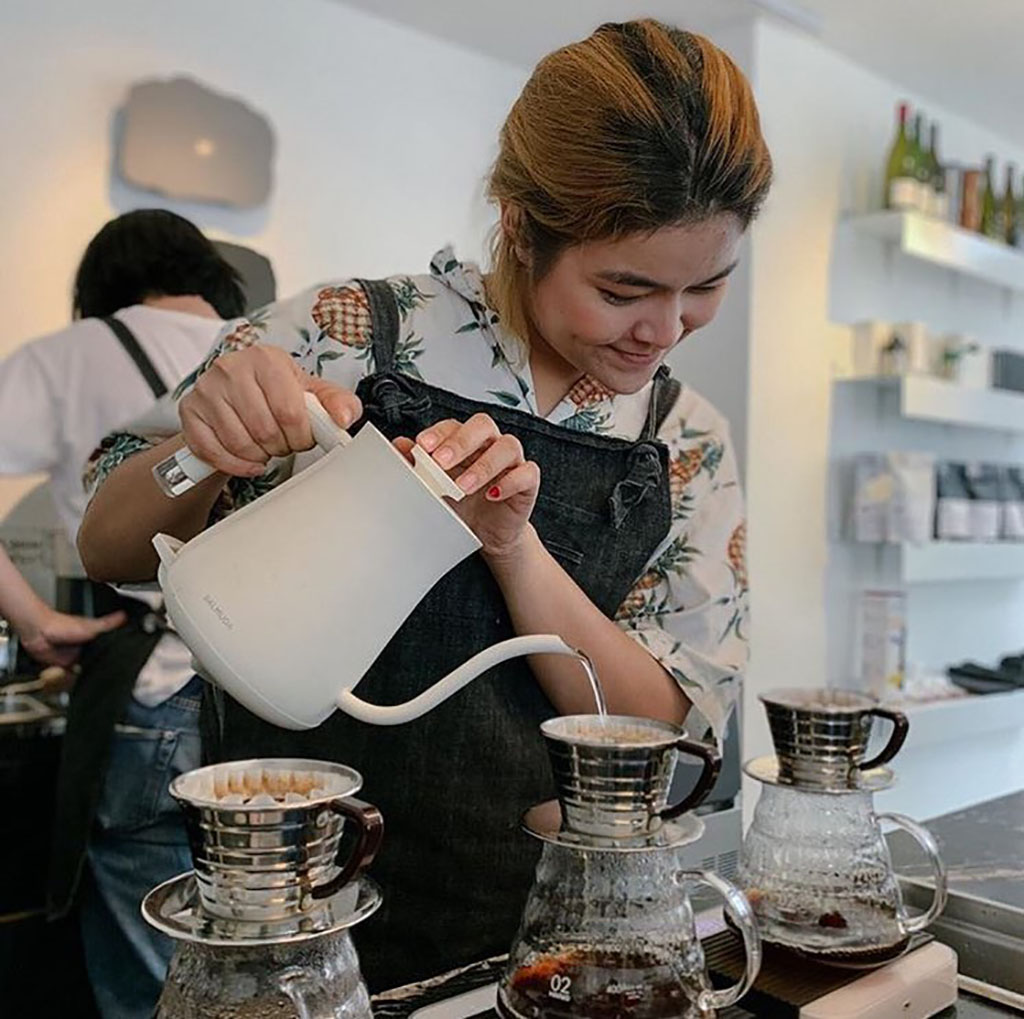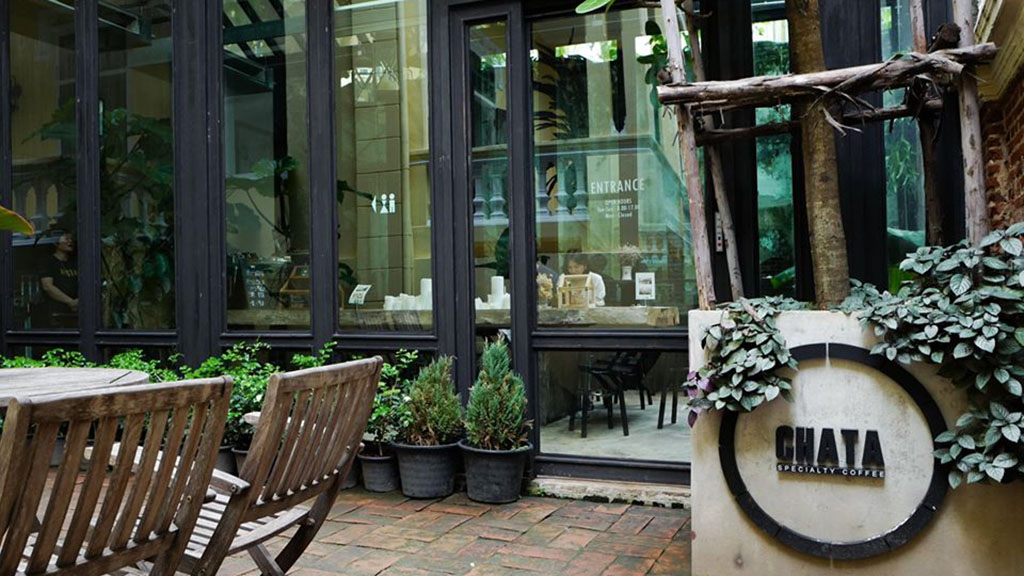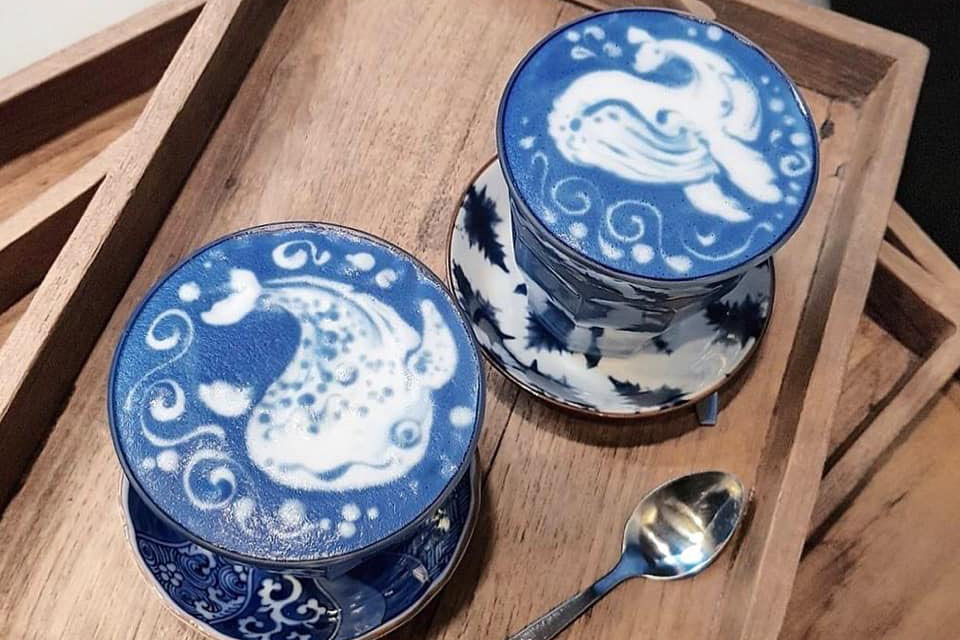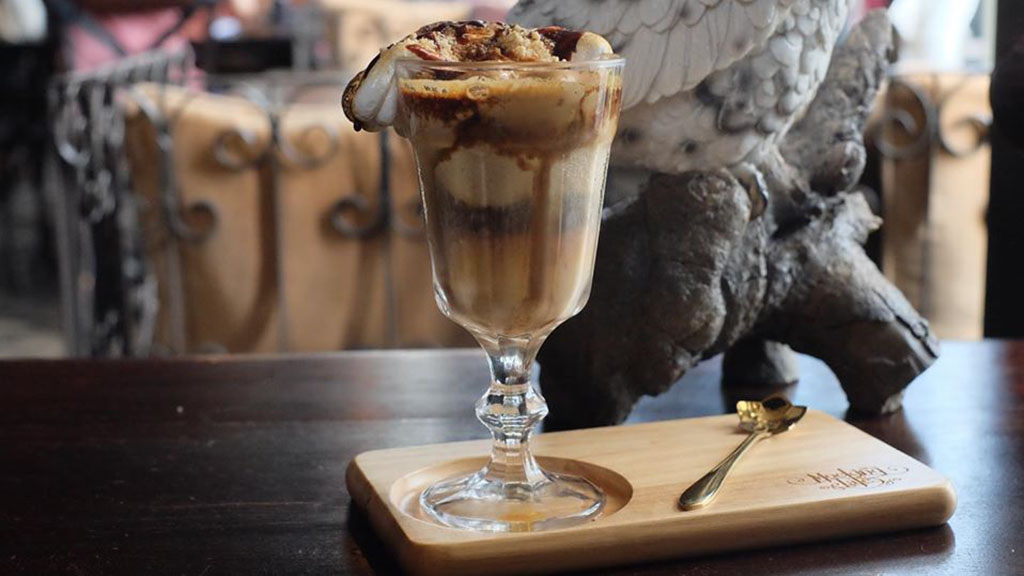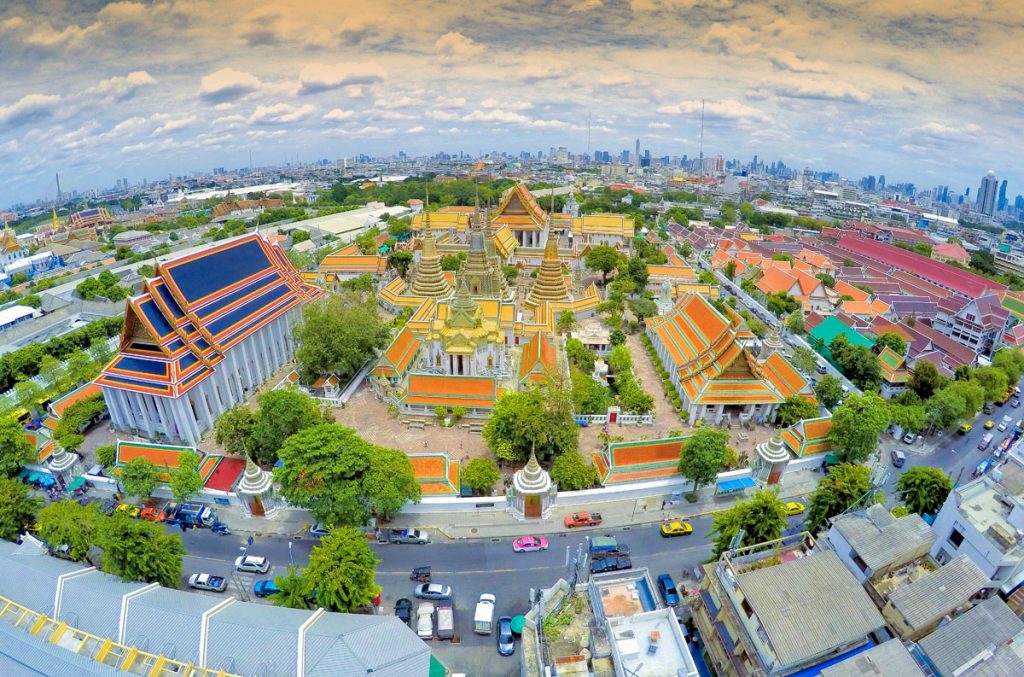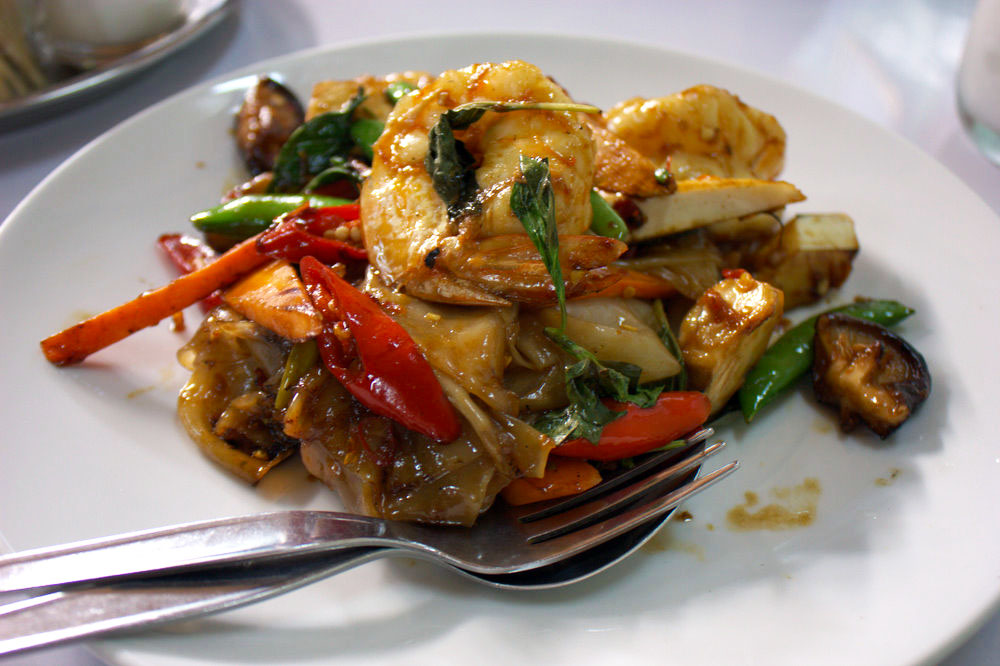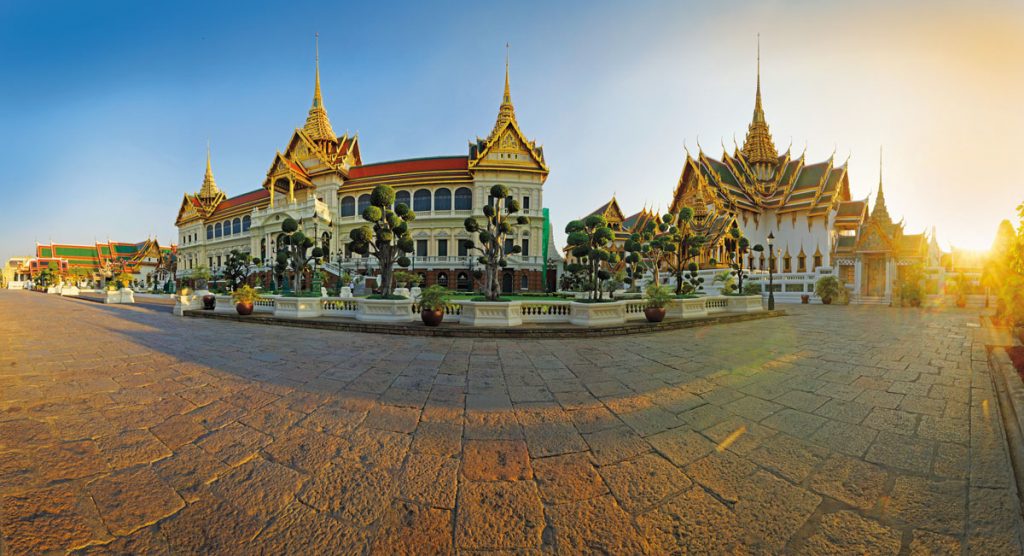Guest blogger John Borthwick skips the “superstar” temples of Bangkok and Chiang Mai and discovers fascinating alternatives across the provinces.
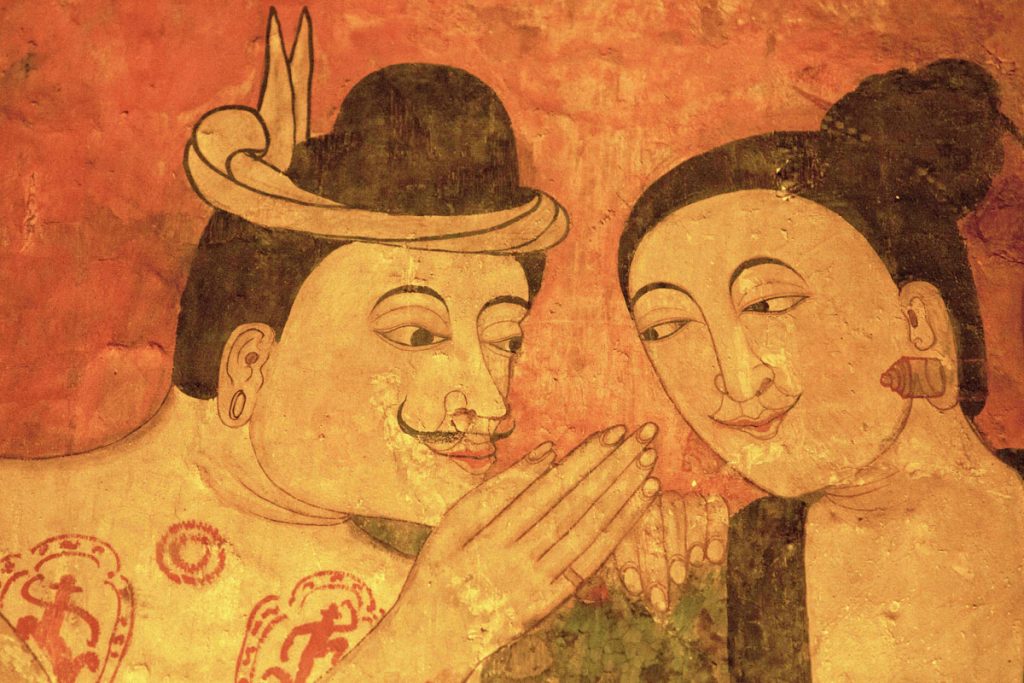
Wat Phumin, Nan. Some 700 km north of Bangkok, Nan Province is home to 475 Buddhist temples. The most famous one is Wat Phumin (1569) in the capital city, Nan with its vivid murals depicting not only the lives of the Buddha but also secular life in Nan during the late 19th century, including images of foreign sailing ships and European-style clothing.
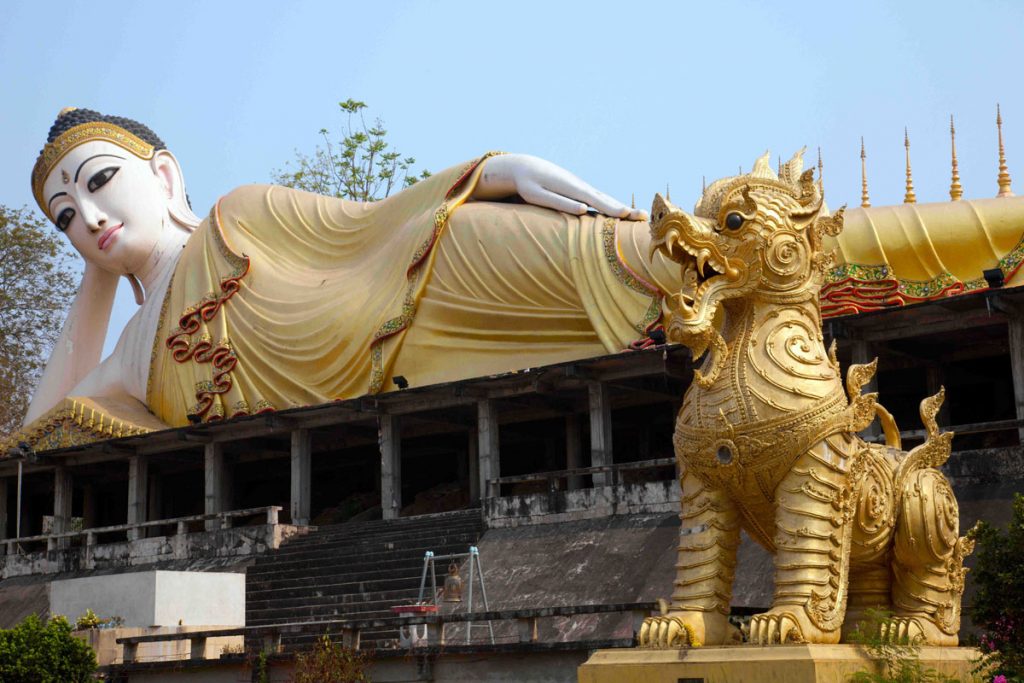
Wat Phra That Su Thon Mongkhon Khiri Samakkhi Tham, Den Chai, Phrae. Den Chai town on the main rail line around 500 km north of Bangkok is home to the 13-syllable temple, Wat Phra That Su Thon Mongkhon Khiri Samakkhi Tham. The sprawling temple built in northern Lanna style is dominated by an impressive nine-metre long Reclining Buddha and sits about five km outside the town.
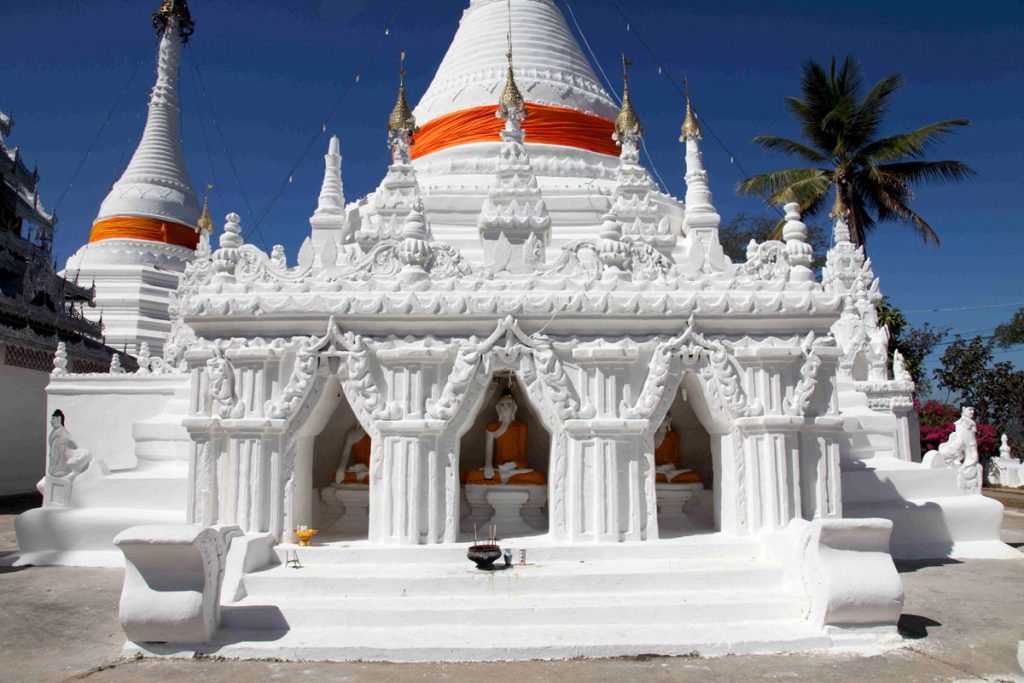
Wat Doi Kong Mu, Mae Hong Son. You climb almost 1000 steps to reach the whitewashed pagodas and golden spires of Wat Doi Kong Mu that overlooks lovely Mae Hong Son town. It’s worth the effort to see this mountaintop marzipan castle of a temple as well as the views it offers of the jungle hills in nearby Myanmar’s Shan State.
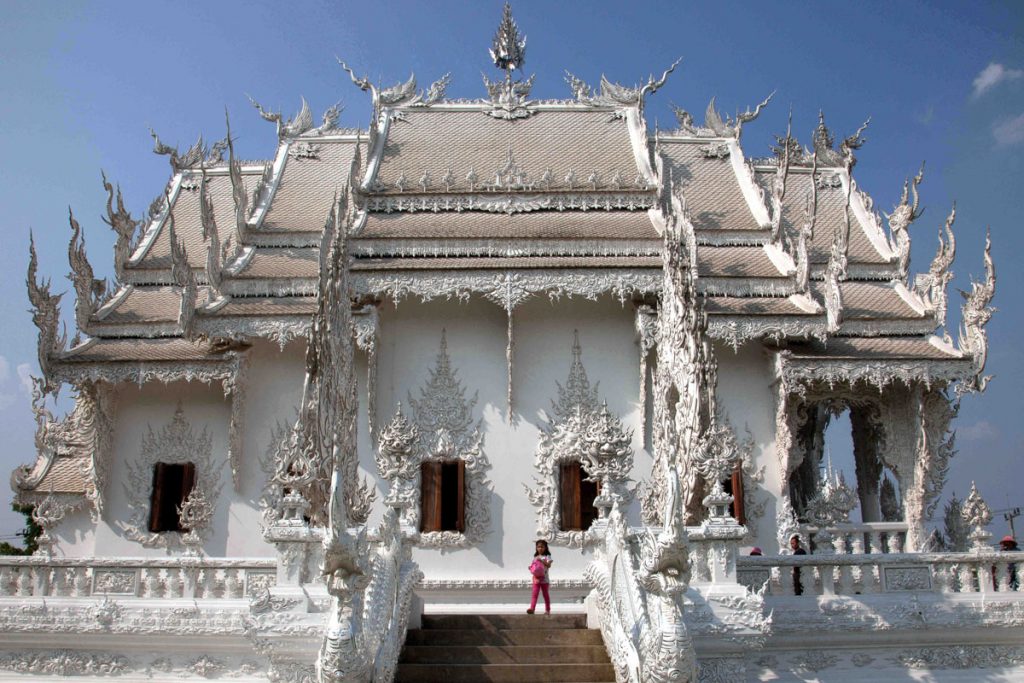
The White Temple, Chiang Rai. The elaborate Wat Rong Khun or White Temple is a crystalline, Disney-like structure, seemingly spun from ceramics and mirrors; it has been one of Chiang Rai’s main visitor attractions since opening in 1998. While you’re in town also visit the Blue Temple (Wat Rong Seua Ten) and Black House (Baan Dam), an artist’s house.

Wat Mahathat, Ayutthaya. Ayutthaya Historical Park,north of Bangkok is home to the ruins of scores of Buddhist temples. This was Siam’s capital from 1350 to 1767 and its plain isstilldotted with tall prang reliquary towers. Among the well-preserved ruins is iconic Wat Mahathat (1374), famed for the Buddha statue face that peers out from the roots of an ancient banyan tree.

Lop Buri Monkey Temple. Hundreds of macaques live within Lop Buri city, notably around (and all over) its Khmer temple, Prang Sam Yot. There’s a famous Monkey Festival on the last Sunday of November. Now, be warned. These monkeys can be unholy monsters and will easily relieve you of any exposed item (hat, sunglasses, camera, passport, jewellery), not to mention even food that’s hidden in your pockets. They are aggressive. Carry a stick and use it. Do not feed them.
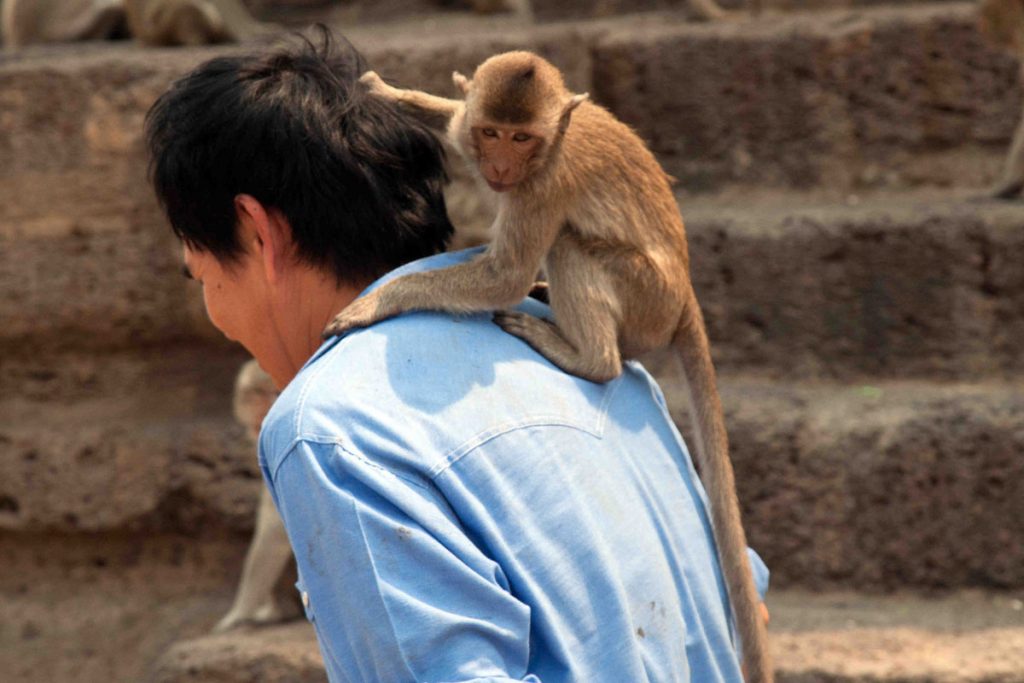
Wat Prayurawongsawat, Thonburi, Bangkok. The brilliant white stupa of Wat Prayurawongsawat soars 60-metres above its suburban surrounds. Noticing that the spire was tilting, engineers ingeniously braced it from within. Duck inside for a unique view of the hollow, brick-lined stupa. It’s a wonderfully tranquil space, and then visit the little historical museum attached.

Words and photographs © John Borthwick 2020


